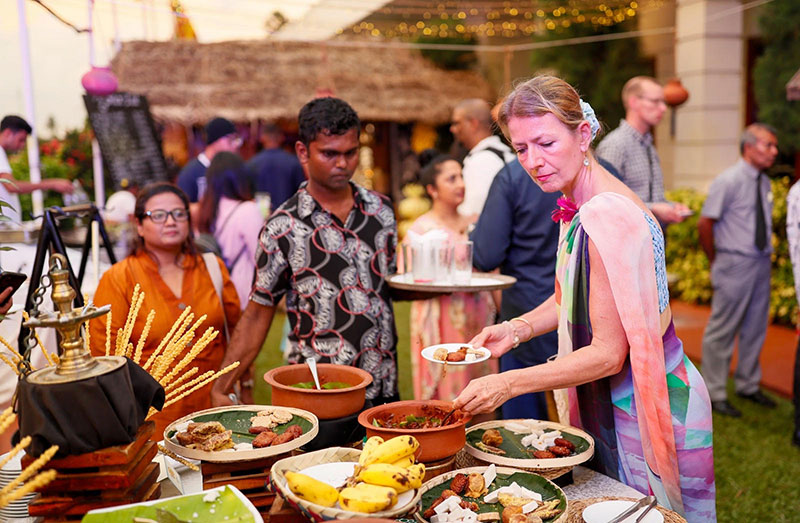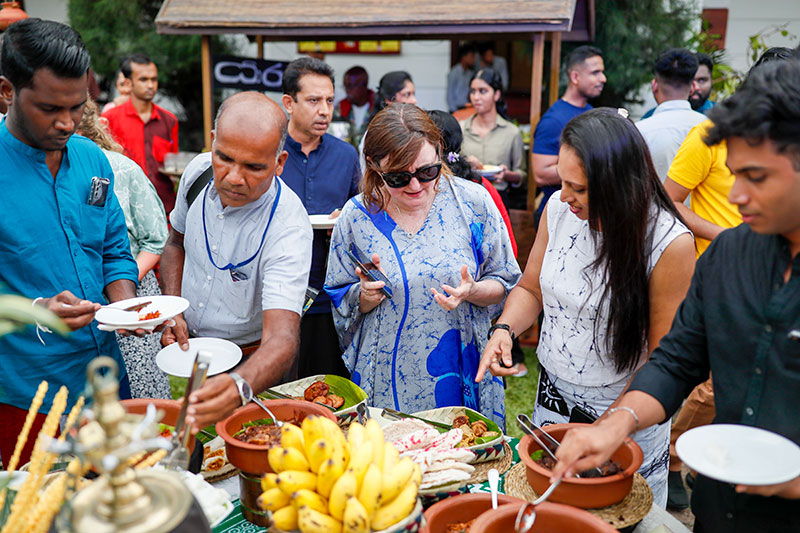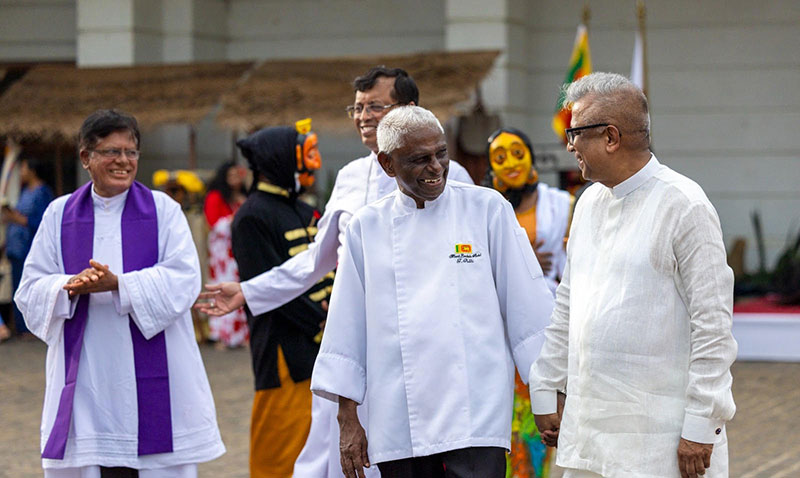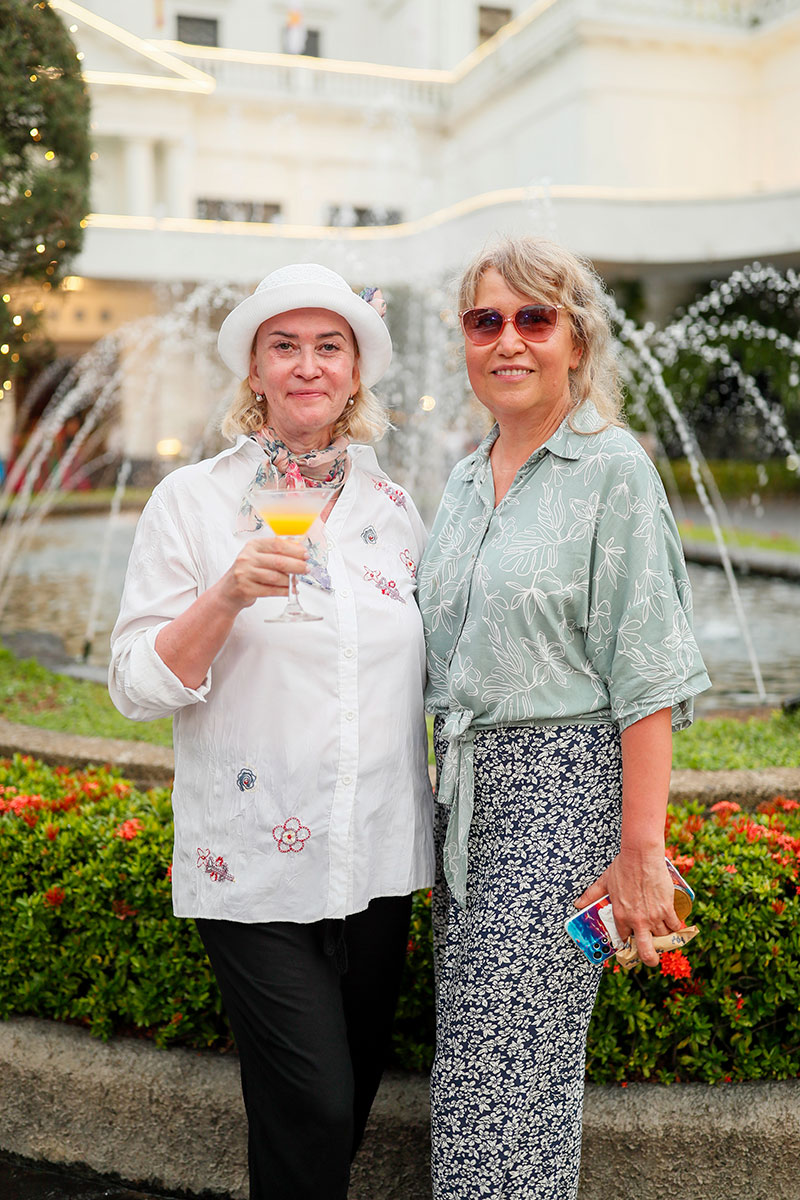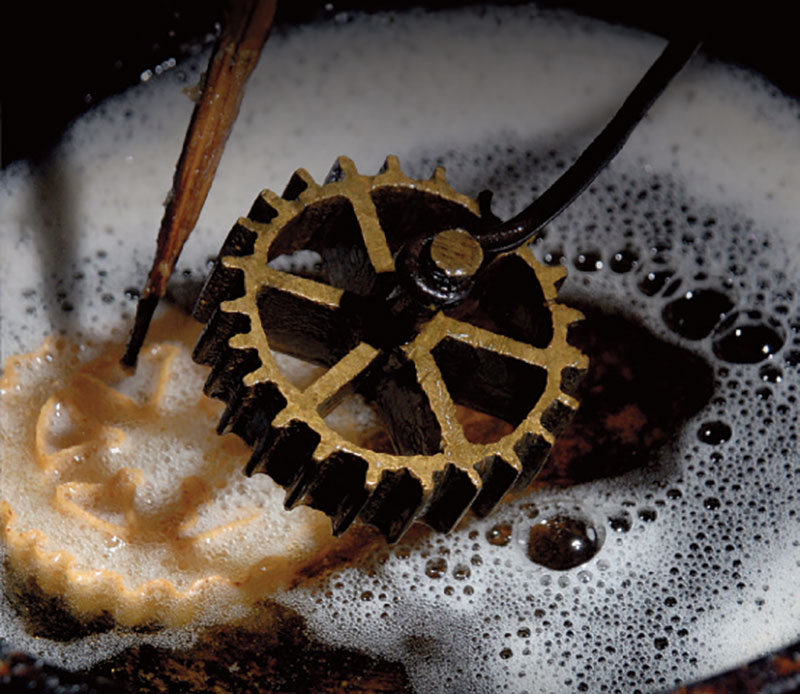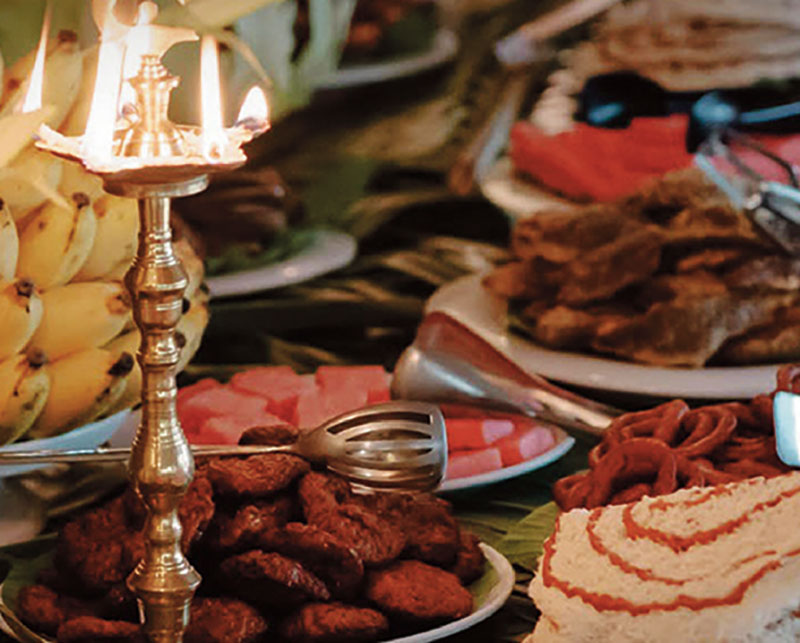Life style
Isso Vade : The spicy snack that unities Sri Lanka

As the train pulled into Peradeniya Junction station in central Sri Lanka, the man sitting opposite me leapt out of his seat and leaned out of the window, placing his thumb and forefinger in his mouth and whistling loudly. A vade seller soon appeared outside, removed a basket from the top of his head and handed it to the passenger. The man quickly pulled out a fragrant fritter along with a small bag of fiery sambol, leaving money behind, and then passed the basket to other hungry passengers, who did the same before returning the basket back to the seller through the window.
As the train chugged away, everyone settled back in to their seats and contentedly crunched on what I’d later learn were isso vade: lentil patties topped with fresh prawns and deep-fried to create one of the most delicious street foods you could ever find on an island.
Isso (prawn) vade (pattie) are beloved throughout Sri Lanka, and their popularity can perhaps be attributed to their deeply familiar and simple ingredients: lentils and prawns, along with onions and curry leaves. Topped with a spicy sambol – made of chopped onions, tomatoes, green chillies and lime juice – plus chilli sauce for extra punch, each fritter has the perfect balance of crispy texture, zesty aroma and spicy flavour. And at Rs 50 to 70 each, they are an inexpensive, tasty treat for the masses.
The most famous isso vade are sold from carts along Galle Face, a seafront promenade in Colombo. Each evening, when the gentle breeze, which has travelled for miles over the Indian Ocean, finally encounters land and cools the city, thousands gather here to spend time with family and friends. They walk up and down the promenade, sizing up each isso vade seller to decide which one has the best offering – usually the one with the largest crowd.
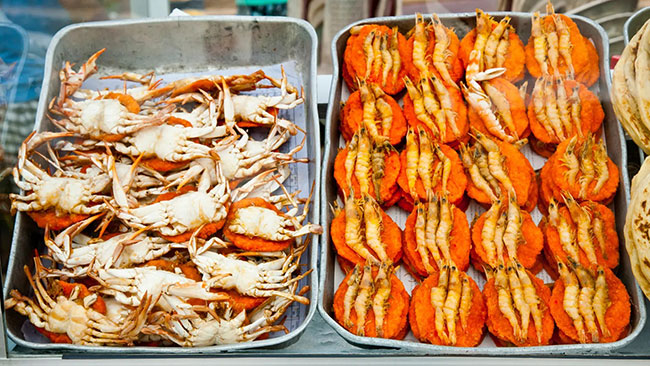
Rashintha Rodrigo, co-owner of UK’s Sri Lankan street food restaurant chain The Coconut Tree, reminisces about eating isso vade on Galle Face. “I’d go to the kite festivals on Galle Face with friends, and we always ate isso vade together. No matter how much you ate them, they never lost their novelty. I think that’s because no one makes isso vade at home. They are in every sense, a street food; you only buy them outside.”
Although isso vade is now sold at every beach, seafront, train station or public space where people might gather, the much-loved street food has humble beginnings that tell a larger story about Sri Lanka’s history and culinary culture.
According to Chef Publis Silva of Mount Lavinia Hotel, lentil vade (sans prawns) were introduced to Sri Lanka from southern India. This, he says, likely happened during the time Sri Lanka was under British rule, between 1796 and 1948, and South Indian labourers were brought over to work on tea plantations. These workers settled in the mountainous Central Highlands and established small settlements that would later be identified as the Hill Country Tamil community.
Sri Lankan food blogger Anoma Wijetunga agrees. Vade, she explained, is traditionally made of ground masoor dal (red lentils), which doesn’t grow in Sri Lanka but in India; therefore, this is a food which most certainly crossed the ocean to arrive in Sri Lanka.
“Workers who arrived from South India only ever used dal when making vade,” Wijetunga said. “They never use prawns. And that is how this community still makes them. As for how they spread to the rest of the island, I think it might have been when the men folk began selling them on the trains. Of course, that too is something that came over from India and still happens there to this day.”
Jesmin Arumugam, who grew up in the Hill Country and is central team manager at The Tea Leaf Trust, an educational organisation for young people in Sri Lankan tea estates, remembers her mother making vade at home during every Hindu festival over the years. “The times that she made isso vade, we’d always eat it with a green chilli chutney and a cup of very sweet milk tea,” she reminisced fondly.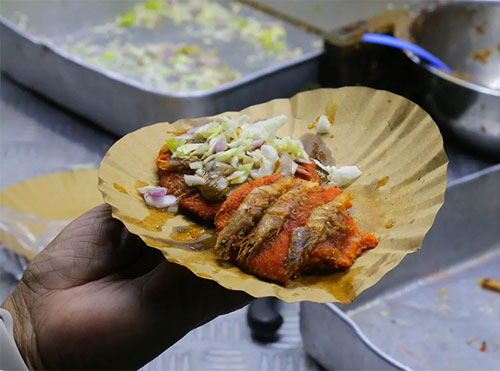
According to Silva, however, what makes isso vade unique to Sri Lanka is the addition of green chillies and curry leaves (karapincha) into the ground lentil mix. Although karapincha grows in India, Sri Lankan cookery incorporates the leaves into almost every savoury dish, creating a distinctive, zesty aroma. The addition of freshwater prawns to the vade also made sense. Although they are less common than sea water prawns, they are thicker and withstand deep frying much better. A prawn topping also made the vade more visually appealing than a plain lentil patty. The use of chillies, said Silva, is mostly for colour.
“Sri Lankans have always adapted every foreign food that was ever introduced to the island. We like to stamp our own identity on them,” he said. “And we are a nation that eats with our hands, so the gritty texture of isso vade [from the lentils] is very pleasing to Sri Lankans. We also have a culture of sitting outside for early evening chats with friends and neighbours, and vade gave us something to chew on as we did so.”
However, Sri Lanka is in the midst of an economic crisis. With food prices soaring and sellers unable to pass on the costs to customers who will not pay more than a few rupees for street food, many isso vade sellers have seen their profits decrease. While most will turn to alternative means of income, some vow to remain.
Mani, a vade seller on Galle Face, has watched the transformation of Colombo from small city to restless capital from behind his street food cart since 1965. “I was just 13 years old when I started making isso vade at home and selling them to support my family. Now, once expenses are considered, we make only a small profit each month. But I would never consider another trade because if I’m not on Galle Face, my customers will not eat anywhere else. This is something to be proud of,” he told me.
I myself have beloved memories of biting through the crispy exterior, the soft, gritty centre tasting of well-seasoned lentils with the delectable flavour of chopped onions, curry leaves and savoury prawns fried in their shells. It’s incredible to think that vade, in its original form, crossed an ocean with an immigrant community to arrive on this tiny island far from home. No one could have known that this spicy snack would go on to unite Sri Lankans across ethnicities, religion and class as they sit with friends to watch the sun go down.
If this tasty snack can’t survive the enomic crisis, it is not merely a street food and livelihoods that are threatened, but two centuries of history will be lost alongside it.
– BBC
Life style
Mount Lavinia Hotel unveils spectacular “Avurudu Maha gedara”
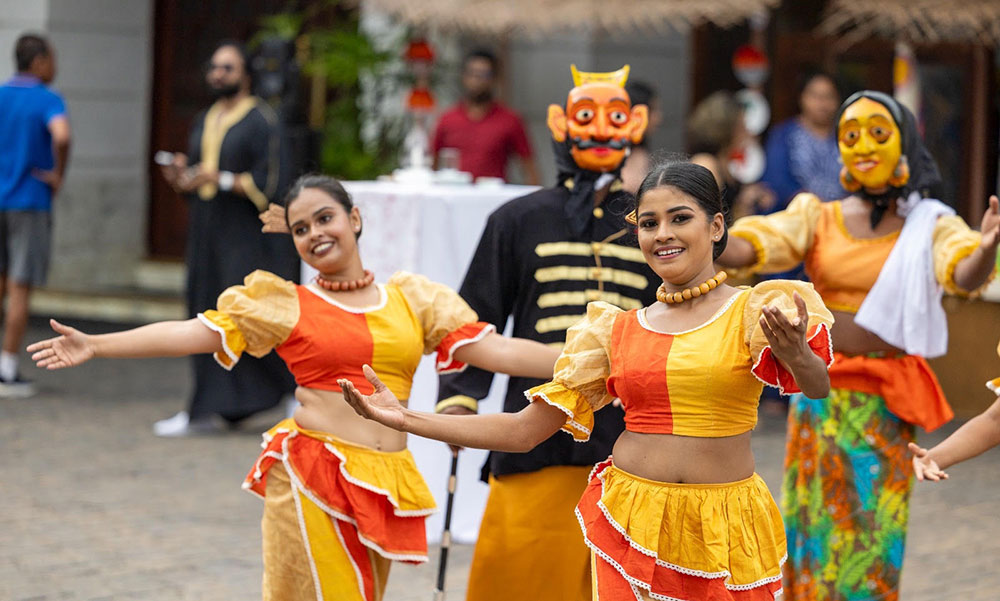
Mount Lavinia Hotel, known as “Galkissa Maha Hotalaya had thier “Avurudu Maha Gedara” celebration for the 2025 Sinhala and Tamil New Year. This year’s festivities were spectacular, with the iconic Chef Publis Silva at the helm of the culinary offerings.
The concept of “Avurudu Maha Gedara” – the grand ancestral home where families gather during New Year – perfectly embodies Mount Lavinia Hotel’s role as a cultural cornerstone in the community. Just as in the traditional village “Maha gedara” welcomes extended families, the historic hotel opens its doors to all Sri Lankans and visitors wishing to experience authentic New Year traditions.
“Avurudu Maha Gedara at Mount Lavinia Hotel is more than just a celebration – it’s our way of preserving and sharing Sri Lanka’s rich cultural heritage,” says Anura Dewapura, Chief Operating Officer of Mount Lavinia Hotel Group. “We take pride in creating a space where families and friends can come together to experience the joy and traditions of the New Year in an authentic setting that honors our collective past while creating new memories.”
Grand Kavili Kade opening and Avurudu market
The celebrations kicked off with the grand opening of the Kavili Kade (sweetmeat shop) on Sunday, April 6th at 4:30 PM. Visitors were treated to a vibrant cultural spectacle featuring traditional dancing, music, games, and dramatic performances. Distinguished guests including corporate partners, business associates, ambassadors, and media representatives attended this colorful inauguration.
The hotel’s courtyard was transformed into an eco-friendly Avurudu Market, showcasing special New Year items, homeware, and decorative pieces. Following the grand opening, the Kavili Kade will welcome guests daily from 10 AM to 8 PM until April 13th.
Exquisite Kavili hampers
For those looking to bring the flavors of Avurudu home, Mount Lavinia Hotel has curated three distinctive kavili hampers named after beloved Sri Lankan flora:
The premium Erabadu Hamper – the most comprehensive sweetmeat collection
The Ehela Hamper – a delightful mid-range offering
The Bakmee Hamper ) – a perfect introduction to traditional treats
Each hamper can be delivered directly to your doorstep, making them ideal both for family celebrations and as meaningful gifts during the New Year season.
“Feast of the Nation” – A Culinary Journey Across Sri Lanka
On Avurudu Day, Mount Lavinia Hotel will host its renowned “Feast of the Nation” lunch buffet, celebrating Sri Lanka’s diverse culinary heritage. At , this extraordinary buffet transcends ethnic boundaries, offering a comprehensive journey through the island’s rich culinary landscape. The feast features authentic dishes from every corner of Sri Lanka, bringing together the distinct flavors and cooking traditions that represent the country’s multicultural identity in one magnificent spread.
“The Avurudu celebration at Mount Lavinia Hotel represents the true spirit of Sri Lankan unity,” Dewapura continued. ” Through our traditional foods, we honor the cultural tapestry that makes our nation so special.”
Mount Lavinia Hotel’s “Avurudu Maha Gedara” welcomes Sri Lankans of all ages and backgrounds to experience the rich traditions of the New Year in the magnificent setting of this historic landmark.
For reservations and inquiries, contact Mount Lavinia Hotel at 0112 711 711.
Life style
Celebrate Avurudu in grand style
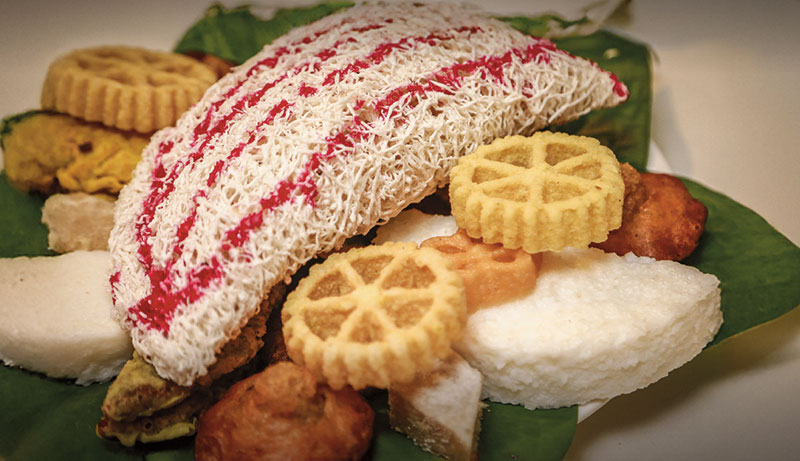
This April, Cinnamon Grand Colombo brings the joyous essence of Avurudu alive with a line-up of delightful culinary experiences, cultural festivities, and memorable moments for the whole family. Here’s how you can celebrate the Sinhala and Tamil New Year with flavour, tradition, and warmth said the press release.
New Year vibes
The release said experience the sights, sounds, and smells of a truly Sri Lankan New Year from 12–15 April 2025, starting from 5 PM onwards at the Lobby.
Watch live demonstrations of traditional sweetmeats being made, like kawum and kokis, and enjoy the rhythmic beats of raban drums as the hotel lobby transforms into a celebration of Avurudu culture.
Lobby – Cinnamon Grand Colombo
12–15 April, from 5 PM onwards
Call +94 11 247 3494 for details
Celebrate Avurudu Tradition and taste at Nuga Gama
On 14 April 2025, step into a truly authentic village-style Avurudu celebration at Nuga Gama. Starting at 8 AM, guests can enjoy a lavish Kavili Table and Lunch Buffet filled with traditional sweets and festive Sri Lankan dishes.
There’ll also be Avurudu games and vibrant activities to keep the whole family entertained.
Life style
Celebrate Sinhala and Tamil New Year at Sun Siyam Pasikudah’s Festival of the Sun
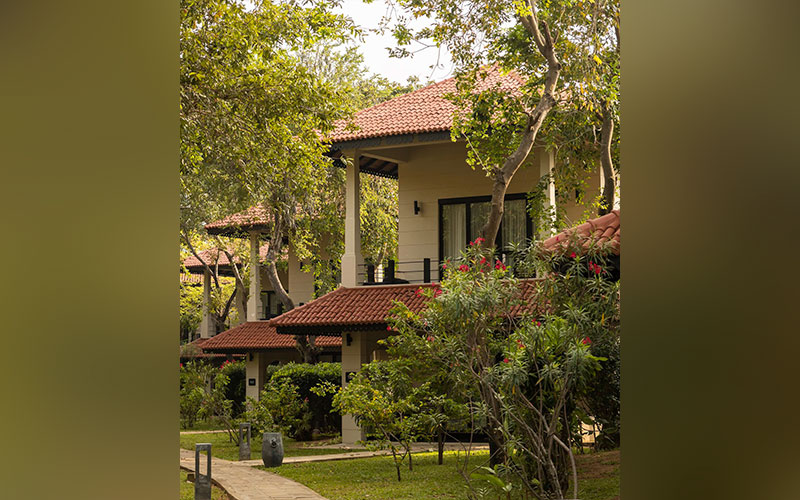
This Sinhala and Tamil New Year, step away from the ordinary and embrace the spirit of Avurudu at Sun Siyam Pasikudah with the joyous rhythms of tradition, community, and coastal serenity, under the vibrant theme, Festival of the Sun said a press release
Set along the golden shores of Pasikudah, the luxury five-star beach resort transforms into a festive haven where timeless rituals meet joyful recreation. From traditional ceremonies to fun-filled family games, guests are promised an unforgettable experience that captures the heart of Sri Lankan heritage, celebrating the essence of togetherness, gratitude, and renewal release said.
As the sun rises to mark the dawn of the New Year, guests will witness the symbolic milk boiling ceremony—a sacred ritual signifying prosperity and new beginnings. The preparation of the Kavili Mesaya, or traditional sweet table, will follow—featuring a colourful spread of mouthwatering Avurudu treats like kokis, mung kavum, aluwa, and konda kavum. The celebration continues with a ceremonial oil lamp lighting, setting the tone for a day rooted in cultural elegance and island warmth.
The Kids’ Corner is all set to light up with playful delights such as Breaking Balloons and Placing the Eye on the Elephant, promising giggles and memories for the little ones. Families and groups can bond over light-hearted yet lively games including Fill the Bottle by Hand, Sack Races, and the ever-popular Musical Chairs—guaranteed to spark friendly competition and lots of laughs.
For those seeking a thrill, competitive events like Tug of War (Ladies vs Gents), Pillow Fight, and the classic Blindfolded Pot Breaking are sure to bring out the festive spirit in full force.
While the Avurudu festivities steal the spotlight, Sun Siyam Pasikudah continues to charm guests with its signature blend of tropical luxury and authentic Sri Lankan hospitality.
-

 News5 days ago
News5 days agoSuspect injured in police shooting hospitalised
-

 Features6 days ago
Features6 days agoRobbers and Wreckers
-

 Business6 days ago
Business6 days agoBhathiya Bulumulla – The Man I Knew
-

 Business5 days ago
Business5 days agoSanjiv Hulugalle appointed CEO and General Manager of Cinnamon Life at City of Dreams Sri Lanka
-

 Business7 days ago
Business7 days agoNational Anti-Corruption Action Plan launched with focus on economic recovery
-

 Features4 days ago
Features4 days agoLiberation Day tariffs chaos could cause permanent damage to US economy, amid global tensions
-
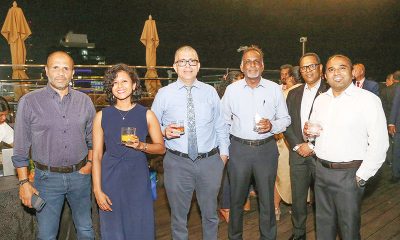
 Business4 days ago
Business4 days agoMembers’ Night of the Sri Lanka – Russia Business Council of The Ceylon Chamber of Commerce
-
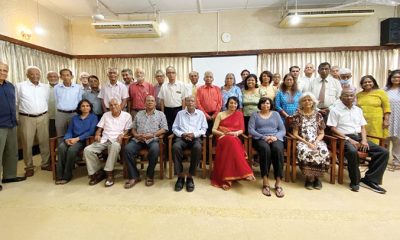
 Features4 days ago
Features4 days agoMinds and Memories picturing 65 years of Sri Lankan Politics and Society



